Top image: Jedburghs in front of B-24 just before night takeoff. Area T, Harrington Airdrome, England, circa 1944. Photo courtesy of the National Archives, Identifier 540066.
America employed spies dating back to the American War of Independence. George Washington understood the need for intelligence and had spy networks. Unfortunately, many of these spies were brave amateurs who were caught. By the beginning of the twentieth century, the United States had a handful of departments within the Navy, the Army, and the State Department that gathered intelligence but there was no coordination among these departments. In fact, these departments were often in fierce competition with each other. In addition, the Federal Bureau of Investigation (FBI), founded in 1909, became involved in counterespionage. This was the arrangement with which the United States muddled through the First World War. It was not ideal.
By the start of World War II, President Roosevelt realized the need for some sort of coordination for the gathering of intelligence. He chose General William “Wild Bill” Donovan to be the leader of the Office of the Coordinator of Information (COI) established on July 11, 1941. Donovan was a highly decorated hero of the First World War and was awarded the Medal of Honor, among several other orders and medals. By 1941, Donovan, a graduate of Columbia Law School, had a highly successful career predating the first war as a lawyer in private practice in government service. (The OSS would be heavily populated by lawyers during its existence. The same was true of many wartime recruits of the British intelligence services as well. Whether this was a result of personal connections, the broad usefulness of legal training, or a natural gift for intrigue and deviousness among lawyers is perhaps unknowable and beyond the scope of this article.)
Even prior to Donovan’s appointment as COI, he had been meeting with several influential members of the British intelligence service, including William Stephenson, codenamed “Intrepid;” Sir Stewart Menzies, the head of the SIS, and known as “C;” and young naval reserve officer, Ian Fleming, who had some modest success as a novelist after the war. Donovan, a child of poor Irish immigrants, was, ironically, quite a strong Anglophile. Much of what would become OSS was based on and influenced by the SIS.
COI was not created soon enough or well established enough to avert the major intelligence failures that preceded the attack on Pearl Harbor six months later. Donovan moved to rename COI “Office of Strategic Services” on June 13, 1942. It was also transferred from an office reporting to the White House to reporting to the Joint Chiefs of Staff (JCS).
Over the course of the war it grew both in size and professionalism. Although there were several branches and departments, the main groups were “Intelligence Services” and “Strategic Services Operations.” The former was composed of Secret Intelligence (SI), X-2, and Research Analysis (R &A). SI officers were responsible for recruiting foreign agents, while X-2 was counterespionage, tasked with combating enemy spies overseas. R&A processed the intelligence received from SI.
The CIA’s website addressing R&A notes that this department was the one department that even the OSS’s strongest critics agreed was impressive:
Headed by Harvard historian William Langer, R&A assembled roughly 900 scholars. Staffing R&A was now a problem. The Branch recruited from many disciplines, but especially favored historians, economists, political scientists, geographers, psychologists, anthropologists, and diplomats. Professors all over America welcomed the chance to serve the war effort with their academic skills. R&A’s roster reads like a Who’s Who of two generations of scholars: Arthur Schlesinger, Jr., Walt W. Rostow, Edward Shils, Herbert Marcuse, H. Stuart Hughes, Gordon Craig, Crane Brinton, John King Fairbank, Sherman Kent, Ralph Bunche, and a host of distinguished colleagues and students joined the Branch. R&A veterans included seven future president of the American Historical Association, five of the American Economic Association, and two Nobel Laureates.
Strategic Services Operations’ department titled Special Operations (SO), modeled on the British Special Operations Executive (SOE), carried out missions dropping small teams of officers to train and assist resistance fighters, as well as commit acts of sabotage, destruction, and general mayhem.
Throughout the war there were still many rivalries between OSS and other US departments, as well as with Allied services, and even within OSS itself.
The most fierce rivalry was between the OSS and the FBI. J. Edgar Hoover managed to expand the FBI’s jurisdiction to South America and consequently OSS was not allowed to operate in South America, despite some flourishing German spy networks in South American countries sympathetic to the Third Reich. The FBI of the 1940’s lacked the experience and methods to conduct operations in South America, or even North America for that matter. Hoover was more concerned with public arrests and the ensuing publicity than creating a successful network of double agents in the manner that Britain’s MI-5 or the German Abwehr did in the Netherlands.
The Army’s G-2 and the Navy’s Office of Naval Intelligence (ONI) also opposed OSS operations in some theatres. General MacArthur actually banned OSS from operating in areas under his command. Generals Eisenhower and Patton, however, recognized OSS’s value and its officers played roles in the landings in North Africa and Sicily.
Initially cooperation between Britain’s SIS and SOE was quite close with OSS officers and SOE officers working in the same teams. However, there were times when SIS and OSS’s SI branch were competing for agents or establishing competing networks of agents. By the later part of the war, SI was able to outbid SIS for information, which played into the stereotype of the US as “oversexed, overpaid, and over here.”
Finally, there was a schism within OSS between SI and X-2, on the one hand, and SO, on the other. SI’s work in recruiting agents and building networks took a different set of skills and temperament from SO’s work of parachuting into occupied territory and destroying enemy infrastructure. Some SI officers viewed SO colleagues as trigger happy hooligans, with the subtle ways of a drunken rhinoceros. Some SO officers viewed SI, especially those operating under diplomatic cover, as nothing more than ineffective diplomats or ivory tower eggheads. (SI tended to recruit from academia and the law.) This rift was carried over into the post war CIA, where former SI officer and future CIA Director Richard Helms took a dim view of covert operations and paramilitary adventures, as opposed to Allen Dulles and former SO operative and future Director William Colby, who both undertook covert operations in Iraq, Guatemala, Cuba, and Viet Nam among other places.
At its peak OSS staff numbered about 13,000 people, 35 percent of whom were women. About 7,500, both men and women, served overseas. OSS officers were given military status and rank with most assigned to the Army, however many were also assigned to the Navy and Marines. Many of these OSS Marines were assigned to the European theatre.
A list of just some of the people who were OSS officers captures a wild assortment of people who went on to fame in the post war world: film director John Ford, chef/writer Julia Child, actor Sterling Hayden, baseball player Moe Berg, historian Arthur Schlesinger, Jr., historian William L. Langer, lawyer/writer Walter Lord, economist Walt Rostow, director, Franklin J Schaffner, and Henry and John Ringling North, of the Ringling Circus family, and four future directors of the CIA. Although people from all walks of life were recruited, the prevalence of Ivy League graduates and high society gave rise to the dismissive name for the OSS "Oh, So Social.”
As the war was ending in 1945, Donovan attempted to preserve the OSS for the post war world. But the Army, Navy, State Department, and the FBI would have none of this. Donovan was not as skilled a bureaucratic fighter as his opponents and with the death of his ally, FDR, he was now facing a new and skeptical president. The Army and the FBI in particular organized a PR campaign, leaking false allegations that OSS would be given operational power in the United Staes and become as one reporter dubbed it “the American Gestapo.” Donovan was ordered to disband the OSS in just 10 days and it ceased to exist on October 1, 1945.
The R&A unit was moved to the State Department, while SI and X-2 were merged into the Strategic Services Unit (SSU), which was sent to the War Department. In January 1946, there was also the creation of the Central Intelligence Group (CIG), which used Army, Navy, and State personnel to collect intelligence, while the SSU was doing the same. This situation was apparently less than ideal because in September, 1947, the CIA was established. According to CIA records, one third of the new agency’s employees were former OSS. And as noted above, from 1953 to the 1980’s four directors were former OSS officers, the last being William Casey, a former SI officer.
The OSS had a short life but it was the foundation on which much of the modern US intelligence community has been built. OSS veterans led the CIA through the Cold War. Additionally, the US Army Green Berets and the Navy Seals can trace their roots to the OSS SO group and the Maritime Unit.
In 2006, Congress awarded a Congressional Gold Medal to the OSS as an organization, a belated recognition of service to the nation.
Further reading:
US Department of State, Foreign Relations of the United States, 1945-1950, Emergence of the Intelligence Establishment (Washington, DC: Government Printing Office, 1996)
Max Hastings, The Secret War: Spies, Cyphers, and Guerillas, Harper Collins, 2016
Christopher Andrew, The Secret World, A History of Intelligence, Yale University, 2018
John Whiteclay Chambers II, Training for War and Espionage: Office of Strategic Services Training During World War II, Studies in Intelligence Vol. 54, No. 2 (June 2010)
John Whiteclay Chambers II, OSS Training in the National Parks and Service Abroad in World War II
Evan Thomas, “Spymaster General” Vanity Fair, (March 2011)
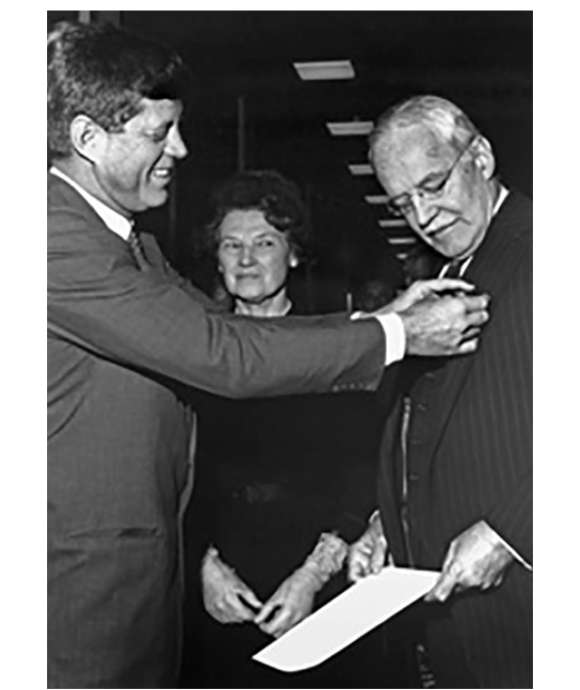
Secret Agents, Secret Armies: The Spy Who Captured an Army
In 1945, The Office of Strategic Services (OSS) Station Chief Allen Dulles in Switzerland negotiated the early surrender of German forces in Italy and Austria days before the final surrender of Germany, saving many lives.
Walter Wolf III
Walter Wolf joined the Museum in October 2019 as the Museum’s first intellectual property Rights Manager in the Curatorial Department. Walter has a Bachelor’s degree in Modern European History and a Juris Doctor degree in law. He also has a certificate in Espionage and Covert Operations from the University of New Orleans.
Cite this article:
MLA Citation:
APA Citation:
Chicago Style Citation:
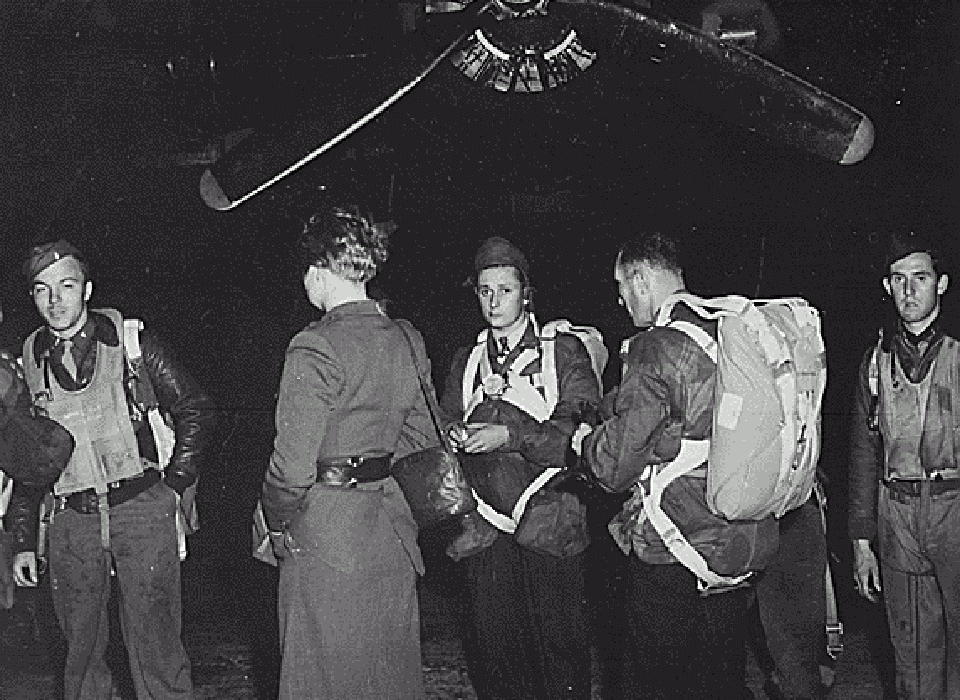
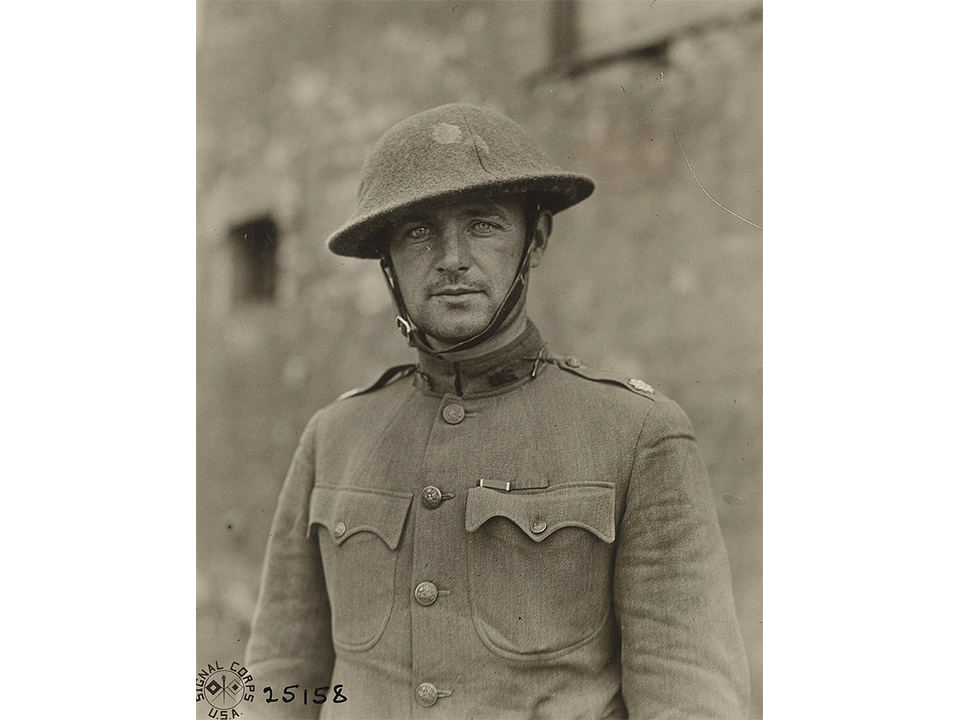
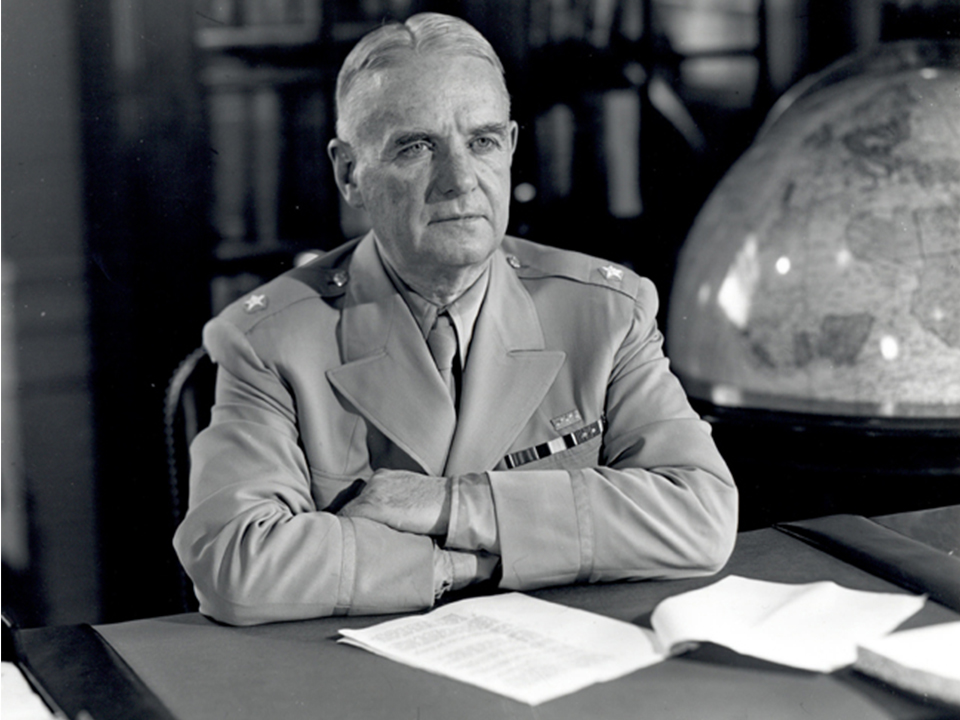
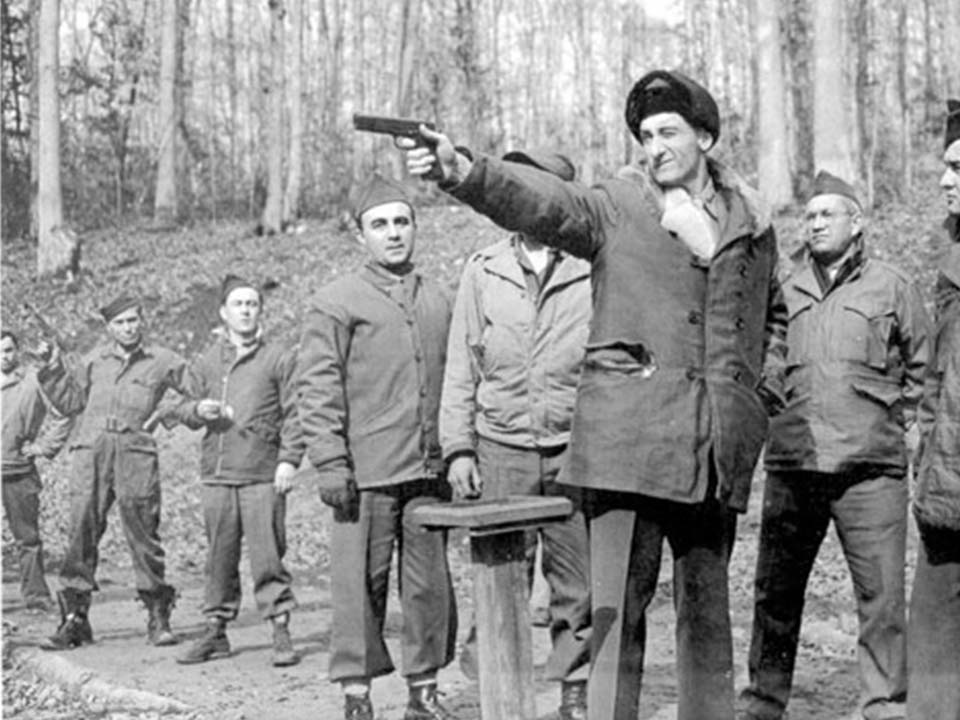
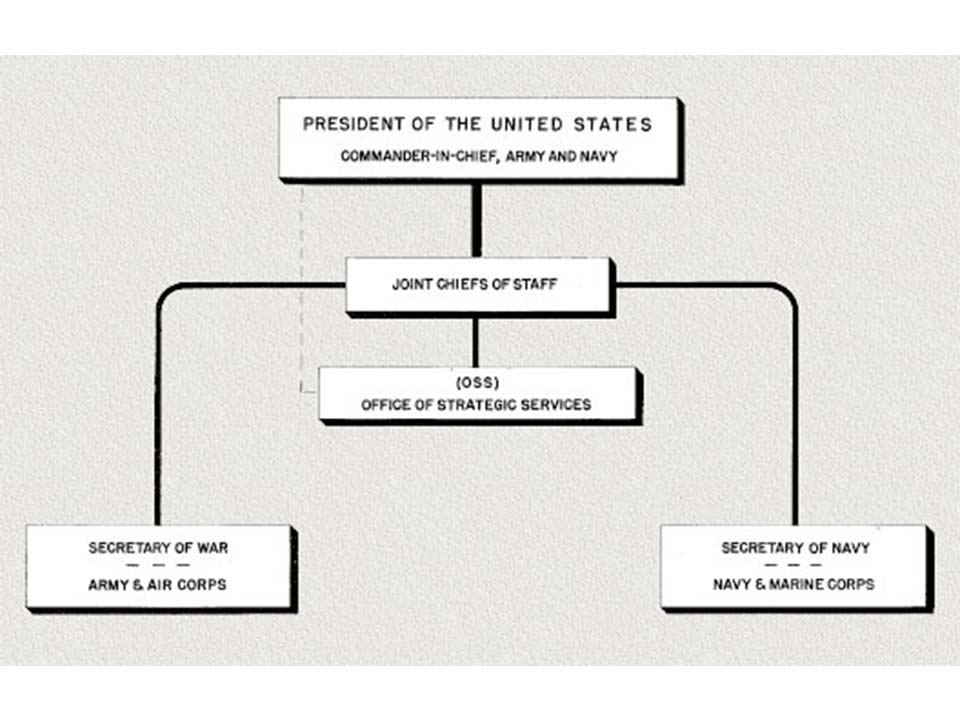
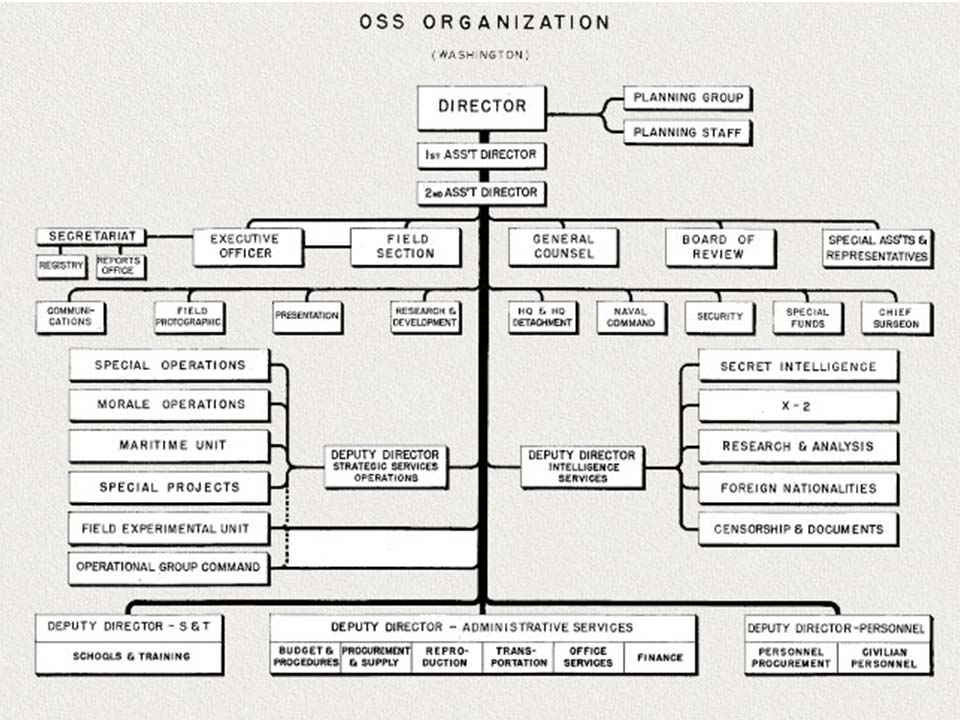
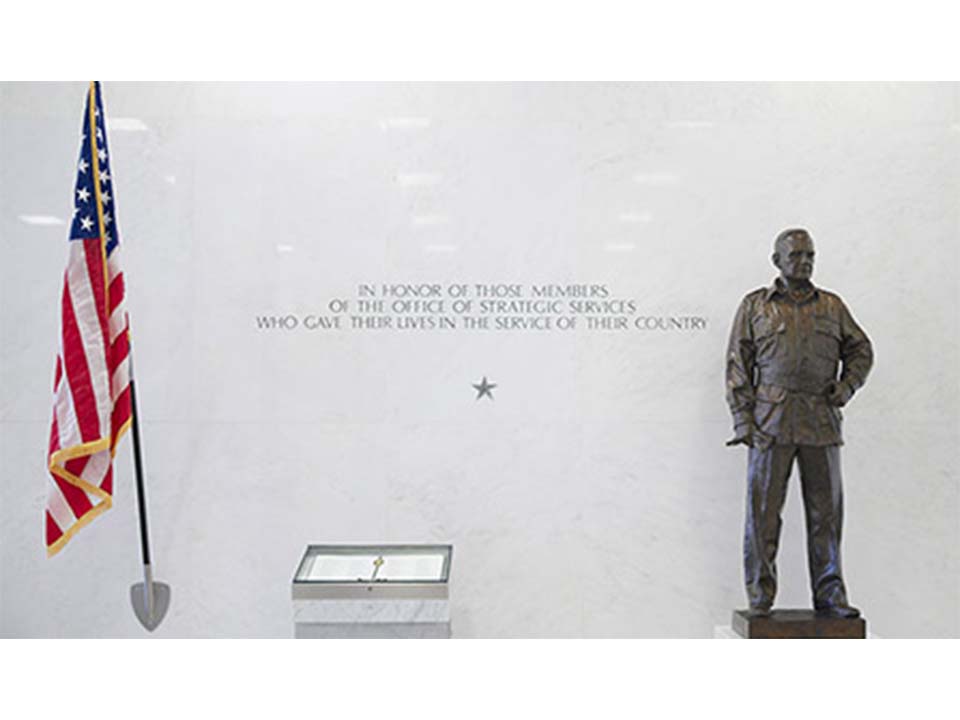
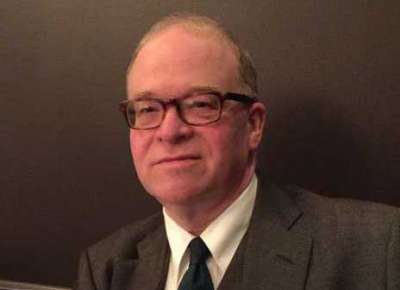
![Max Fuchs, New York City cantor, sings as Rabbi Sydney [sic] Lefkowitz, Richmond, VA, conducts the first Jewish services from Germany.](/sites/default/files/styles/max_650x650/public/2025-10/image1.jpg)






